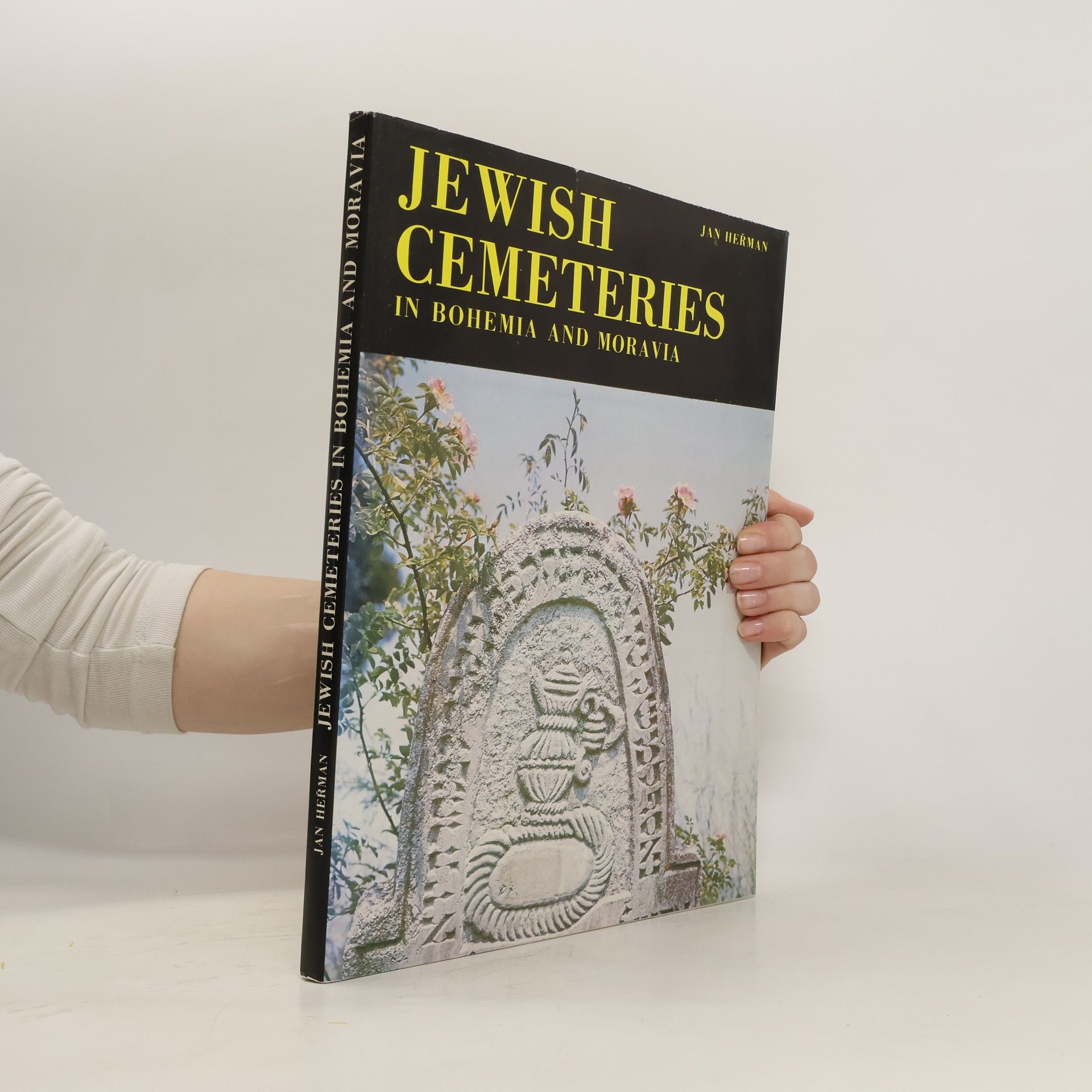Jan Herman Bücher






Kleine Tiere
29 missgestaltete Sonette
In seinen Anmerkungen zu »Kleine Tiere. 29 missgestaltete Sonette« schreibt Jan Herman: »Große Schönheit aus großer Verzweiflung beugt den Geist. Das ist das Ziel eines jeden Dichters.« Er hat seine Sonette »verschorfte Wunden« genannt. Sie sind die seltenen weltlichen Güter des Dichters, die persönliche Gespenster auf der Seite zum Leben erwecken. Der Literaturkritiker David Erdos nannte sie »Tränen für die Zunge« und »dunkle Diamanten«, »Sonette der Erfahrung, die sogar [William] Blake gefallen würden.« (MÜ Magazine, London). Sie necken manchmal mit Humor und halten die Aufmerksamkeit oft mit dem Versprechen eines Ziels, eines zweifelhaften Abenteuers oder einer obszönen Geschichtsstunde. Und natürlich erhebt die Sterblichkeit mehr als einmal ihr wissendes Haupt: »Sollen wir jetzt weinen / um die Sonne / zurückzulassen, / mit leichtem Bleistift geschrieben?«
This is a study of the growth of the right wing in a reunited Germany. Since the end of the Cold War, an explosion of xenophobia and attacks on foreigners - some of them asylum-seekers - has attracted world-wide media attention. Coming after the seemingly miraculous celebration of freedom accompanying the fall of the Berlin Wall and the country's reunification, these events have caused acute anxiety within Germany itself. These phenomena are not exclusive to Germany, but their undertones of Nazism have prompted the question: how could this happen in a country that had so firmly repudiated its past and rightly prided itself on its anti-fascism and liberal democracy? The author sets this development in its historical context, showing the long-established continuity of right-wing influence and power in German conservative politics, and he explores the effects of the end of the Cold War on German society and politics. He also examines the growth of xenophobia and right-wing attitudes in the former GDR since the implosion of communism. Germany's current position as a regional super-power and its contribution to European economic progress, make this text a significant and topical contribution.
All That Would Ever After Not Be Said
- 154 Seiten
- 6 Lesestunden
The collection features sonnets that evoke deep emotional resonance, likened to "dark diamonds" for their richness and complexity. These poems aim to enhance perception and evoke a sensory experience, appealing to the intellect and emotions alike. David Erdos praises their ability to restore a sense of appreciation for language and art, suggesting that they resonate with the timeless qualities found in the works of Blake.
The collection features free sonnets that capture profound experiences, evoking a sense of taste and perception. Each poem serves as a sensory exploration, inviting readers to savor the emotions conveyed. With rich imagery and depth, these works are described as "dark diamonds," suggesting a blend of beauty and complexity that resonates deeply, aiming to elevate the reader's awareness and appreciation of life.
My GRUB STREET
- 76 Seiten
- 3 Lesestunden
The collection features a series of late 20th-century stories aimed at future dissidents, exploring themes of rebellion and survival. Each tale, such as "Bad Boy" and "Exit From Fleet Street," delves into the complexities of human experience in challenging environments. The anthology also includes a biographical note about the author, providing insight into their perspective and inspiration. These narratives invite readers to reflect on societal issues and the resilience of the human spirit.
